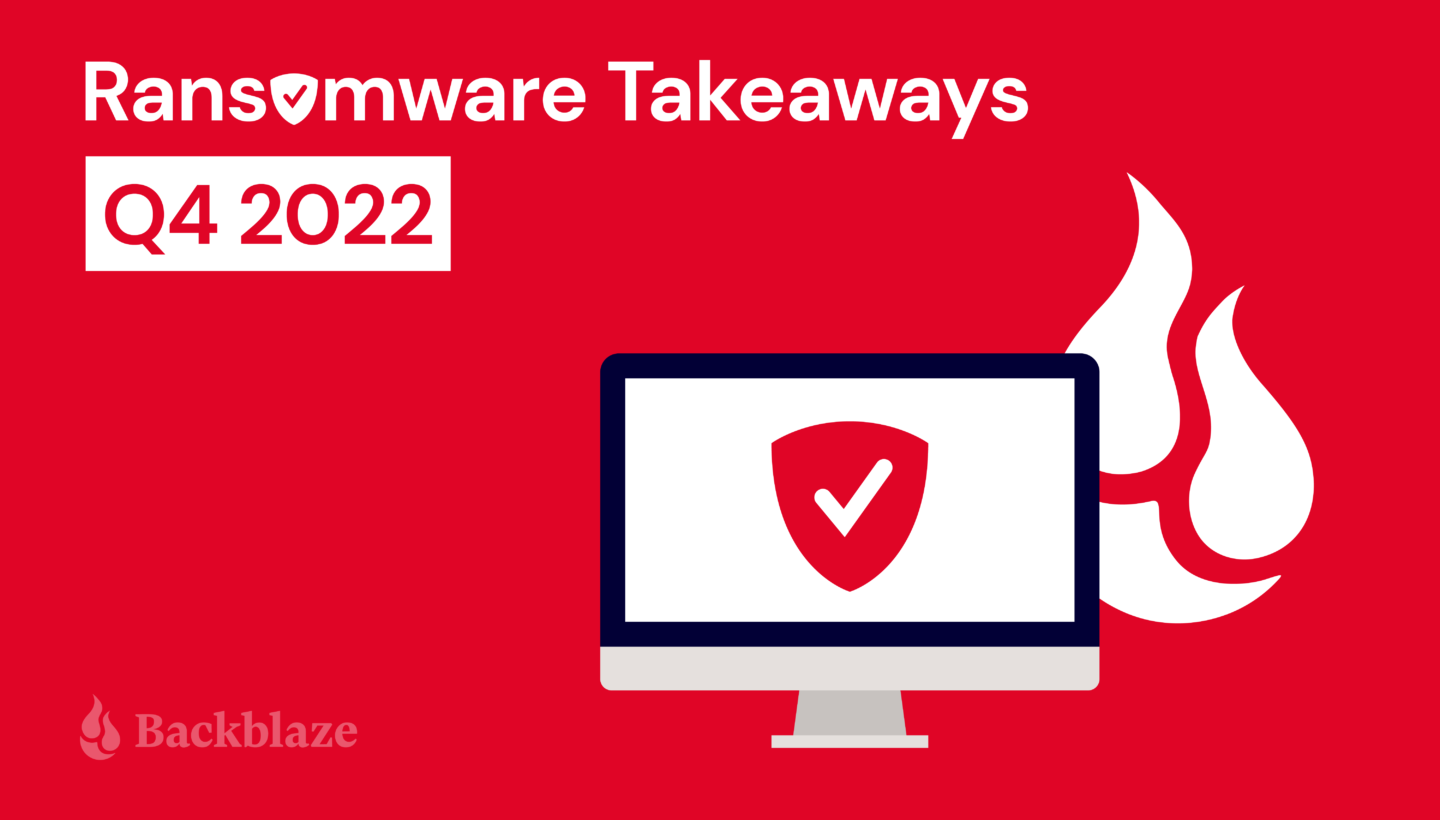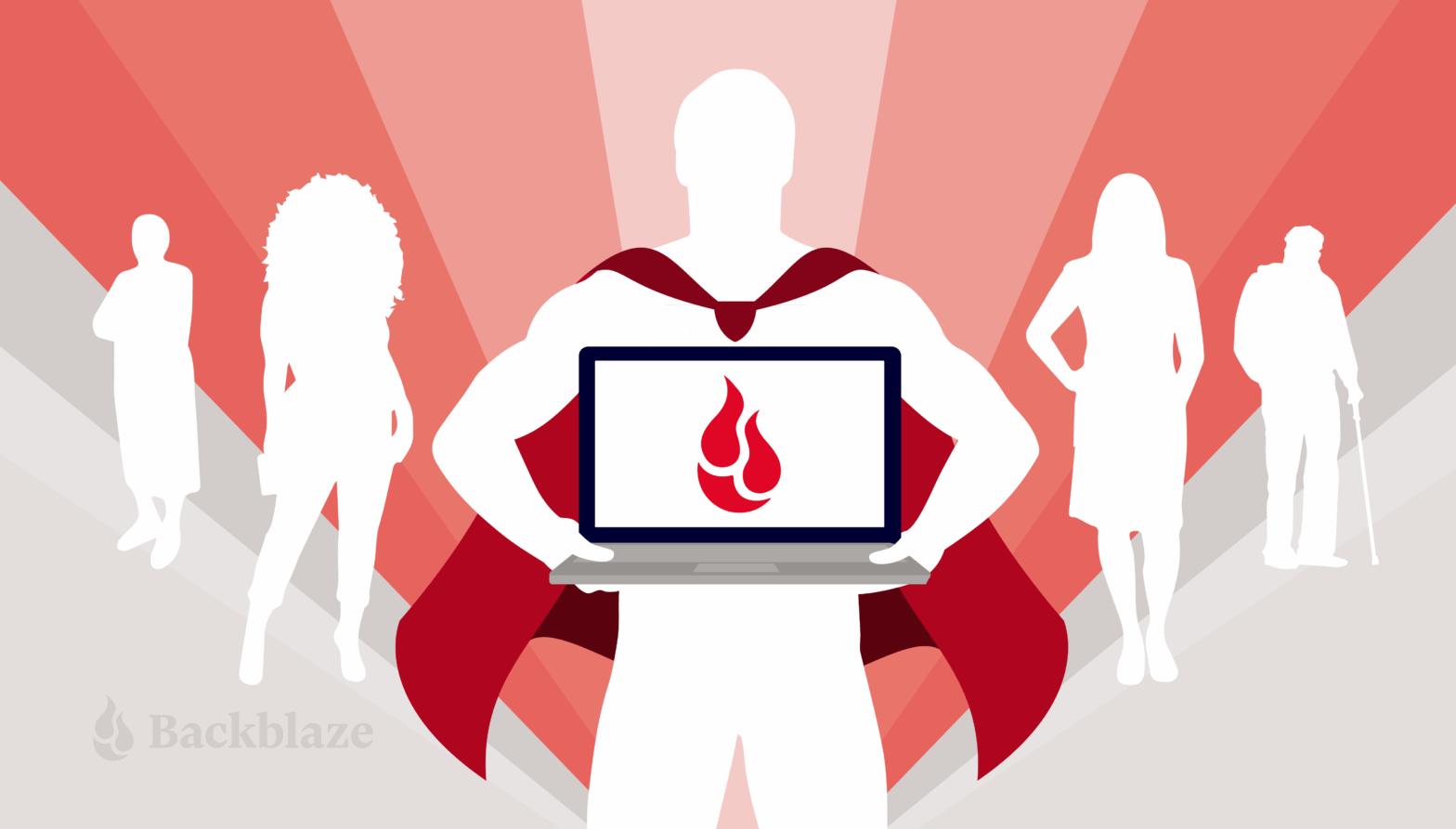
It may seem like ransomware is not in the news as much as it was in 2021 and the first part of 2022. Back then, major attacks and record-breaking ransom demands dominated headlines, and governments took action to make life more difficult for cybercriminals. But the spotlight is never a good place to be when you’re trying to defraud companies to the tune of millions of dollars. So, while you might be hearing about it less, that doesn’t mean that the threat of cybercrime is negligible. Exactly the opposite—the lack of media attention makes potential victims lower their guard, leaving vulnerabilities that cybercriminals love to exploit.
Staying up-to-date on the latest ransomware news keeps you informed of potential threats. And, keeping the latest threats fresh in your mind means you’ll be ready if and when cybercriminals turn their sights in your direction. We all hope that never happens, but it’s wise to be prepared in case it does. To arm you with the latest, here are some of the biggest developments in ransomware that we observed in Q4 2022.
- Ransomware: How to Prevent or Recover From an Attack
- Introducing the Ransomware Economy
- Object Lock 101: Protecting Data From Ransomware
- The True Cost of Ransomware
- 2021 Ransomware Takeaways: Q1, Q2, Q3, Q4
- 2022 Ransomware Takeaways: Q1, Q2, Q3
And, don’t forget that we offer a thorough walkthrough of ways to prepare yourself and your business for ransomware attacks—free to download below.
1. Many Ransomware Attacks Go Unreported in the Media
One possible reason you don’t hear about ransomware attacks is that they simply don’t get reported in the news. A study released in late 2022 by Jumpsec found that 86% of ransomware attacks go unreported in typical media sources in the UK. The attacks that do get covered are typically ones where the victims are legally required to disclose the attacks due to personally identifiable information (PII) being compromised. While public disclosure is uncommon, keep in mind that reporting requirements—that is, the legal requirement to disclose to the authorities—in the UK, U.S., and elsewhere are becoming more stringent. For example, in 2022, President Biden signed a bill into law that requires operators of critical infrastructure to disclose cyber attacks to the government within 72 hours.
Key Takeaway
It may seem like there’s no real incentive to disclose a cyberattack publicly. Why serve the greater good at the expense of your reputation, right? But, some organizations have found that being open and honest positions them ahead of the game. Chip Daniels, head of government affairs at SolarWinds, shared the positive response the company has received about their transparency, “I meet with somebody for the first time, they’ll say, ‘I just want to tell you, you guys are the gold standard on how you should respond to a cyber incident.’” Being seen as the “gold standard” isn’t a bad place to land after an attack.
2. Hospitals and Schools Continued to Be Targeted
Sadly, it’s not the first time we reported on the threat to hospitals and schools. It was highlighted in our very first Ransomware Takeaways report. In Q4 2022, cybercriminals showed no sign of letting up as CommonSpirit Health, a Chicago-based health provider with more than 700 care sites and 142 hospitals in 21 states, suffered a major attack that made patient records vulnerable. And earlier in the year, over Labor Day weekend, one of the largest school districts in the country—the Los Angeles Unified School District—was attacked as well.
Key Takeaway
Nonprofit and public sector institutions need budget-friendly options for implementing ransomware protection that work with their existing purchasing programs. Through government IT aggregators like Carahsoft, public sector decision makers can purchase affordable, capacity-based cloud storage to support their recovery objectives.
3. Ransomware Attacks Take a Psychological Toll
In news that should come as a surprise to no one who’s been through a ransomware incident, cyberattacks take a psychological toll, and new research from cybersecurity company Northwave released in Q4 2022 quantifies it. They measured the mental impacts of ransomware attacks at three points in time, within the first week, month, and year after an attack. At a month out, 75% reported having negative thoughts, and at one year, 14% reported symptoms of trauma requiring professional help.
Key Takeaway
Companies involved in a ransomware attack can take action to minimize negative effects on employees’ mental health. Northwave recommends having regular check-ins and breaks during the first phase, making space for rest and recovery time in the second phase, and creating an open environment in the third phase, where employees can talk about what happened and decompress.
4. Some Ransomware Is Badly Made, and All the More Dangerous
Researchers analyzed the Cryptonite ransomware strain, which first appeared in October 2022, and found that its “barebones” functionality makes it even more of a threat—there’s no way to recover encrypted files. Researchers point out that it’s likely not an intentional feature, but simply poor design.
Key Takeaway
Since the software is broken to the point where decryption is impossible, there’s absolutely no reason to pay the ransom if you fall victim to a Cryptonite attack. Instead, it makes sense to spend some time creating a disaster recovery plan so you can resume normal business operations as soon as possible. Researchers also report that phishing seems to be the most common attack vector for this ransomware strain, so it’s a good idea to ramp up your cybersecurity training.
5. A Vast Majority of Ransomware Attacks Attempted to Infect Backups
In November, Veeam released their 2022 Ransomware Trends report, a study of more than 3,000 organizations across 28 countries. Among their key findings: 95% of ransomware attacks attempted to infect backups. Of those attacks that targeted backups, 38% of respondents had some backup repositories impacted, and 30% had all of their backup repositories impacted.
Key Takeaway
One word: immutability. Protecting backups with Object Lock costs nothing to implement and prevents backups from being modified or encrypted by ransomware. With backups that can’t be altered, recoveries are much easier and more reliable.
Closing Thoughts
While you may not be hearing about as many high profile ransomware attacks as you once were, make no mistake that they’re still happening. Just know that there are steps you can take to keep your company from becoming the next victim, including protecting data with Object Lock, applying security best practices, and creating a disaster recovery plan.





